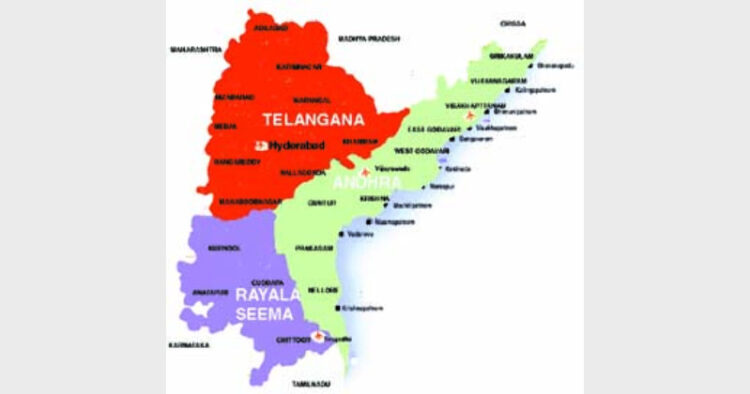Justice (retd)M Rama Jois
August 9, 1942 has been a great historical day. On this day under the leadership of Mahatma Gandhi ‘BRITISHERS, QUIT INDIA’ movement was launched. It was a powerful people’s movement to throw out the British rule from India and free mother India from the shackles of slavery. Though not immediately Britishers were forced to quit India, in 1947we proudly celebrated Independence Day on August 15, 1947.
We the People of India drafted and gave ourselves the Constitution of India under which the Union and State Governments were established. Indian National Congress which led the freedom movement, had resolved in 1930’s that after Independence and a democratic system of Government is ushered in, they will establish linguistic States having regard to the factual position namely the existence of different major languages in different parts of India except in northern Indian states where Hindi has been their common official language. In view of this, in 1952 State Reorganisation Commission was constituted by the Central Government with the object of reorganising pre-existing states into linguistic states under the Chairmanship of Justice Fazal Ali. The Commission considered the matter in-depth and recommended formation of linguistic states, on the fundamental principle that there shall be one State for one language in order to give effect to real democracy, in that, each State should transact with its people in their own language. Accepting the recommendations, States Reorganisation Act, 1956 was enacted and linguistic states came into existence with effect from 1.11.1956.
Unfortunately, an exception was made in the case of Maharashtra and Gujarat by forming a by-lingual State. There was a powerful movement in Maharashtra and Gujarat demanding that policy of one state for one language should be followed there also. Consequently, Bombay Reorganisation Act, 1960 was enacted and as a result State of Bombay and State of Gujarat came into existence under that Act.
Even three years earlier to the State Reorganisation Act, 1956, on the same principle of one State for one language, Andhra Pradesh State came into existence under the provisions of the Andhra State Act, 1953 with effect from 1.11.1953. Thus, a single State of Andhra Pradesh of Telugu speaking people is in existence for more than five decades.
These arrangements have by and large worked for more than five decades satisfactorily. However, demand for separate State called Telangana for Telugu speaking people carving it out of Andhra Pradesh was started. This demand has powerful support both for and against. But now the Central Government has taken a decision to separate Telangana from Andhra Pradesh and bring into existence two states of Telugu speaking people, which has created heart burn among lakhs of people belonging to both Telangana area and Seemandhra area. I do not express any opinion on the question as to whether there is justification for separating Telangana from Andhra Pradesh and bringing into existence two States for one language.
Even assuming that two States come into existence though Article 214 provides that there shall be a High Court for each State, Article 231 of the Constitution expressly provides for the establishment of a common High Court for two or more States. In view of this and having regard to the fact that Telugu happens to be the language of the people in both Telangana area and Seemandhra area, it would be in the fitness of the things to have a common High Court for both Telangana and Seemandhra area under Article 231 of the Constitution. In fact there is a common High Court for Punjab and Haryana states which is located in Chandigarh, where I had the opportunity of being the Chief Justice and there is also Assam High Court exercising jurisdiction over four states.
On similar lines, it would be in the interest of the people and the nation that a common High Court for Telangana and Seemandhra is established and the present High Court of Andhra Pradesh situated in the city of Hyderabad maybe declared as the common High Court in the event of formation of two separate states of Telangana and Seemandhra and consequently the city of Hyderabad can continue as the capital of both Telangana and Seemandhra instead of constructing one more capital at enormous expenditure. This in my opinion may mitigate the anger of the people of Telangana and Seemandhra, which would help emotional integration instead of disintegration.













Comments